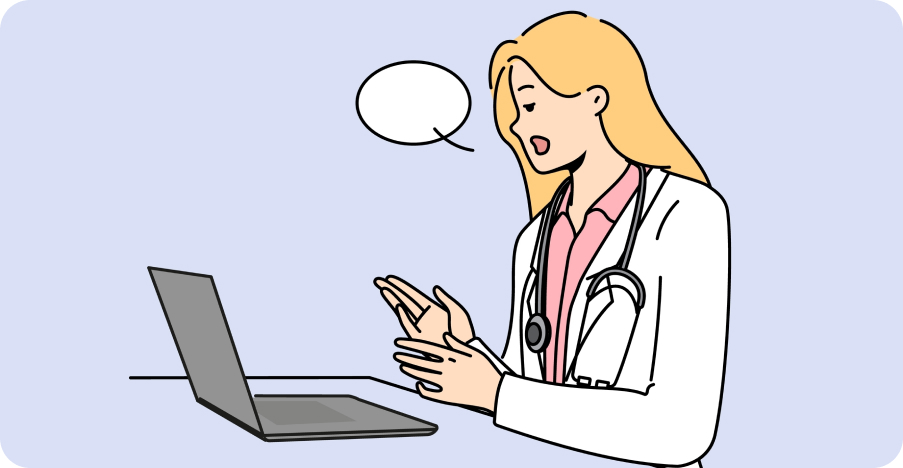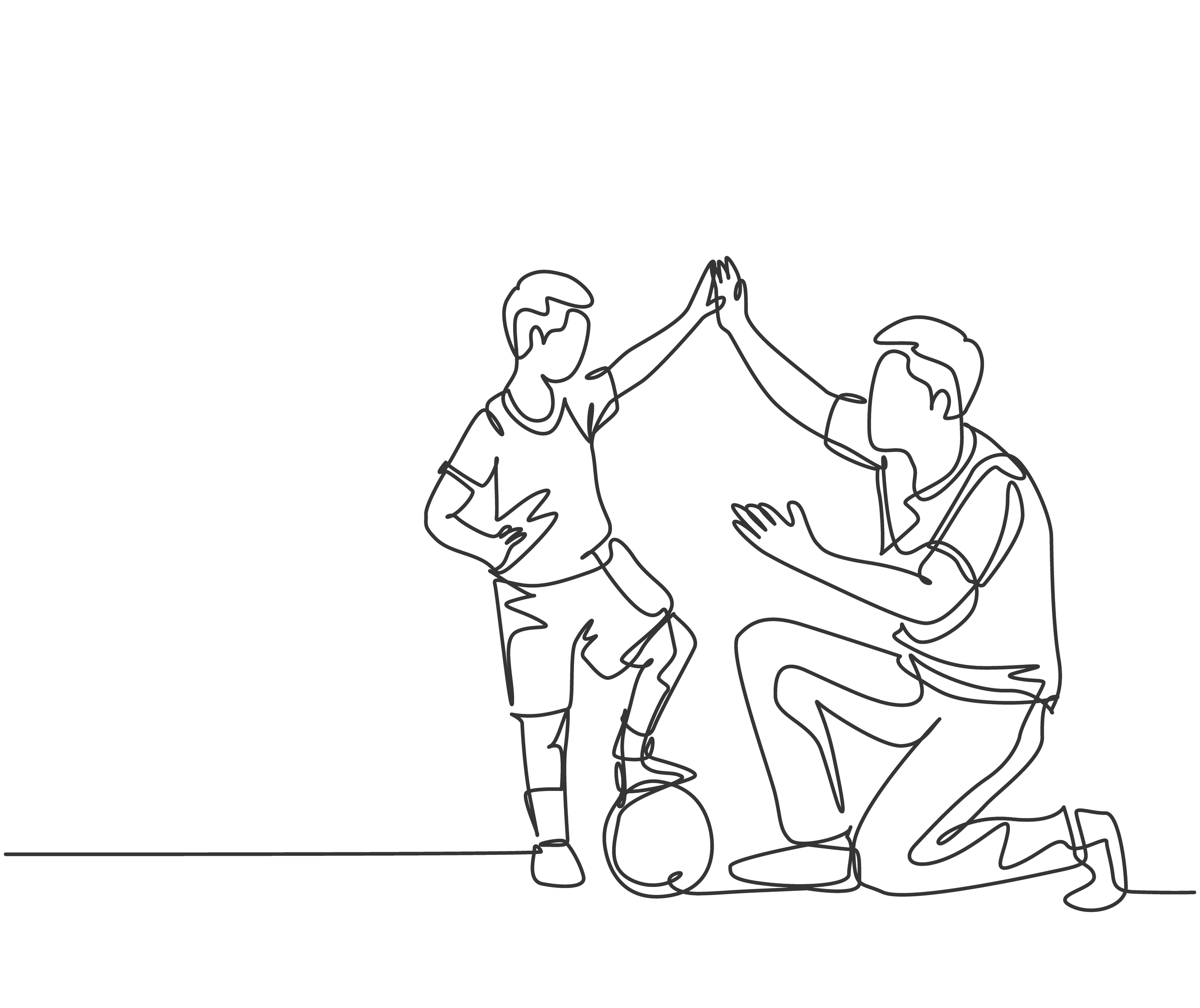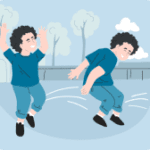Physical therapy for toddlers plays a crucial role in supporting their physical development and addressing various challenges they may face. Firstly, it provides a structured environment where trained therapists assess each child’s individual needs, allowing for tailored interventions that focus on specific developmental milestones. Through engaging activities and exercises, therapists facilitate the improvement of gross and fine motor skills, coordination, and balance, ensuring children develop the confidence to explore their physical capabilities.
Additionally, physical therapy can help identify underlying issues that may hinder a child’s progress, such as muscle weakness or movement dysfunctions. By promoting functional movement patterns and providing strategies for effective play, therapy not only aids in rehabilitation but also enhances a child’s overall quality of life. Ultimately, early intervention through pediatric physical therapy equips toddlers with the skills they need to navigate their world safely and successfully, fostering independence and encouraging a lifetime of active play and exploration.
Evaluating a toddler involves a comprehensive approach that combines observation, interaction, and standardized assessment tools.

-
 The physical therapist begins by gathering information from parents or caregivers regarding the child's developmental history, including any specific concerns or observed difficulties. This initial consultation allows the therapist to understand the context and the child's usual environment, which can influence their physical capabilities.
The physical therapist begins by gathering information from parents or caregivers regarding the child's developmental history, including any specific concerns or observed difficulties. This initial consultation allows the therapist to understand the context and the child's usual environment, which can influence their physical capabilities.
-
 Next, the therapist conducts a series of observations and assessments during play and movement activities. This may include watching the child perform tasks such as walking, jumping, climbing, and manipulating toys to assess gross motor skills, balance, coordination, and muscle strength. The therapist may also use standardized tests designed for young children to measure developmental milestones and compare them to age-appropriate benchmarks. Throughout the evaluation, the therapist pays close attention to how the child engages with their environment and interacts with others, as social and emotional factors can also influence physical development. This interactive process enables the therapist to assess gross motor skills, coordination, balance, and overall movement patterns in real-time.
Next, the therapist conducts a series of observations and assessments during play and movement activities. This may include watching the child perform tasks such as walking, jumping, climbing, and manipulating toys to assess gross motor skills, balance, coordination, and muscle strength. The therapist may also use standardized tests designed for young children to measure developmental milestones and compare them to age-appropriate benchmarks. Throughout the evaluation, the therapist pays close attention to how the child engages with their environment and interacts with others, as social and emotional factors can also influence physical development. This interactive process enables the therapist to assess gross motor skills, coordination, balance, and overall movement patterns in real-time.
-
 Following the evaluation process, the physical therapist will develop a personalized treatment plan tailored to the toddler's unique needs. This plan typically outlines specific goals, interventions, and activities aimed at promoting physical development and addressing any identified challenges. The therapist will communicate these goals to the caregivers, ensuring they understand the objectives and the rationale behind each recommended activity. The therapist will provide guidance on how to incorporate recommended activities into daily routines, which helps reinforce skills in a familiar environment. Regular follow-up sessions, either in-person or via telehealth, should be scheduled to monitor the child's progress, reassess goals, and make any necessary adjustments to the treatment plan. Throughout this process, the therapist remains a valuable resource for caregivers, offering tips, encouragement, and reassurance as their child develops and grows stronger. Ultimately, this collaborative approach fosters a holistic environment for the toddler’s continued physical and emotional growth.
Following the evaluation process, the physical therapist will develop a personalized treatment plan tailored to the toddler's unique needs. This plan typically outlines specific goals, interventions, and activities aimed at promoting physical development and addressing any identified challenges. The therapist will communicate these goals to the caregivers, ensuring they understand the objectives and the rationale behind each recommended activity. The therapist will provide guidance on how to incorporate recommended activities into daily routines, which helps reinforce skills in a familiar environment. Regular follow-up sessions, either in-person or via telehealth, should be scheduled to monitor the child's progress, reassess goals, and make any necessary adjustments to the treatment plan. Throughout this process, the therapist remains a valuable resource for caregivers, offering tips, encouragement, and reassurance as their child develops and grows stronger. Ultimately, this collaborative approach fosters a holistic environment for the toddler’s continued physical and emotional growth.
Determining the right time to begin physical therapy for a toddler can depend on several key factors. If you notice any delays in achieving developmental milestones or if your child displays persistent difficulties with mobility, coordination, or balance, it may be prudent to consider early intervention. Signs such as frequent falls, an unusual gait, or hesitance in trying new physical activities are also indicators that a consultation with a physical therapist could be beneficial.
Additionally, if your toddler has experienced an injury that affects their physical activity or shows signs of pain during movement, seeking professional help should not be delayed. Early intervention is vital, as addressing potential issues promptly can lead to more effective treatment outcomes and better developmental trajectories. Parents should trust their instincts and seek advice from healthcare providers if they have concerns regarding their child’s physical development, ensuring that guidance is obtained before problems become more ingrained.














 Speech Therapy
Speech Therapy Physical Therapy
Physical Therapy Occupational Therapy
Occupational Therapy

